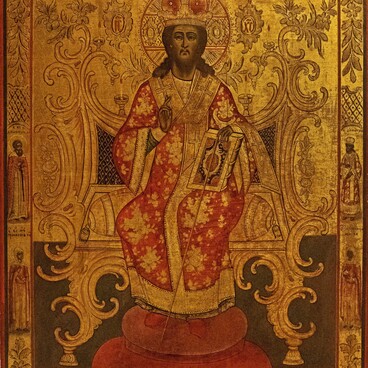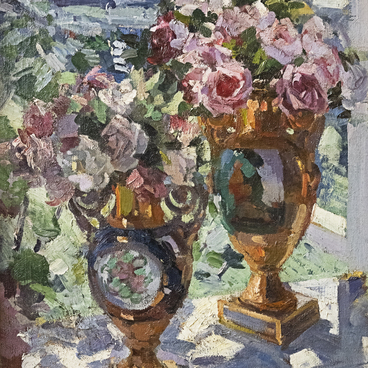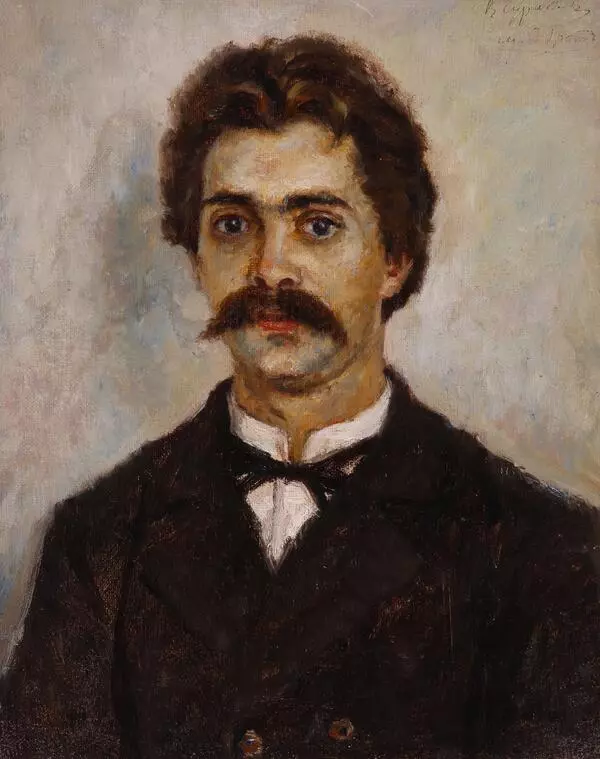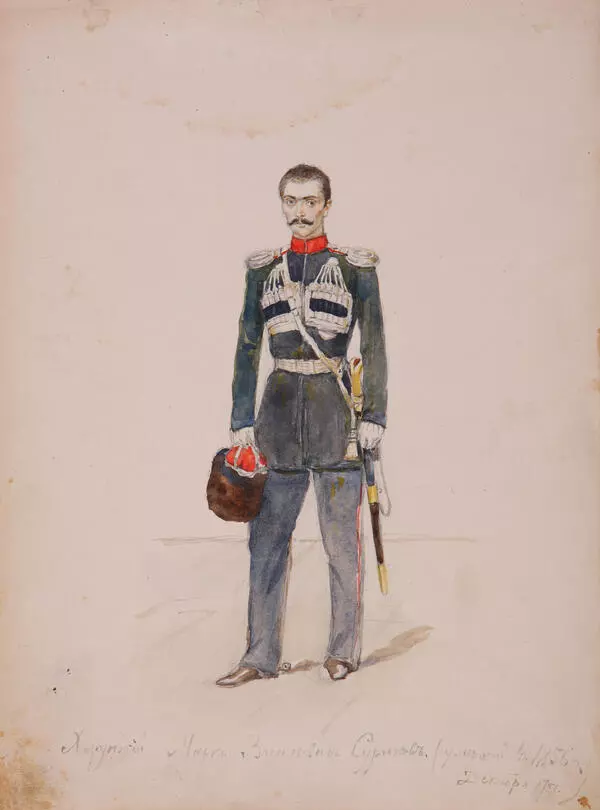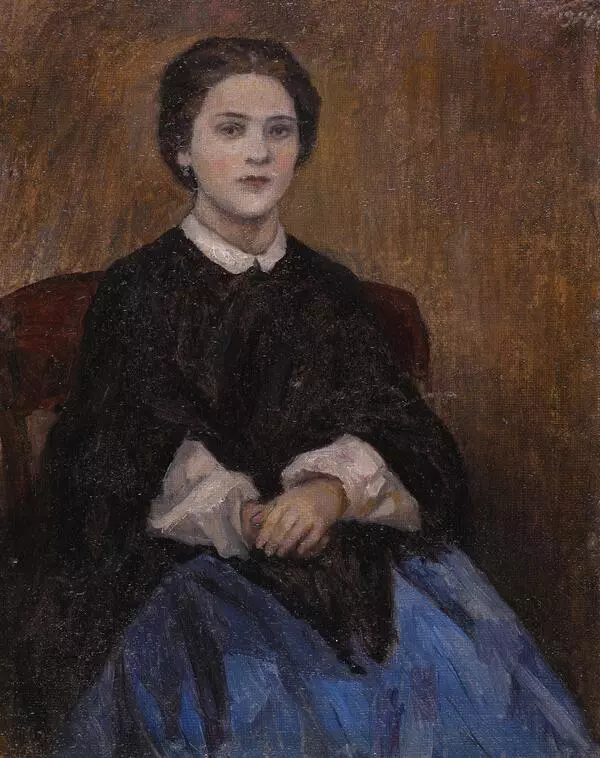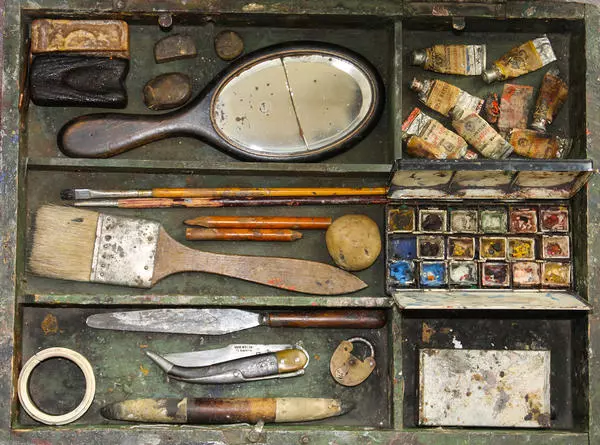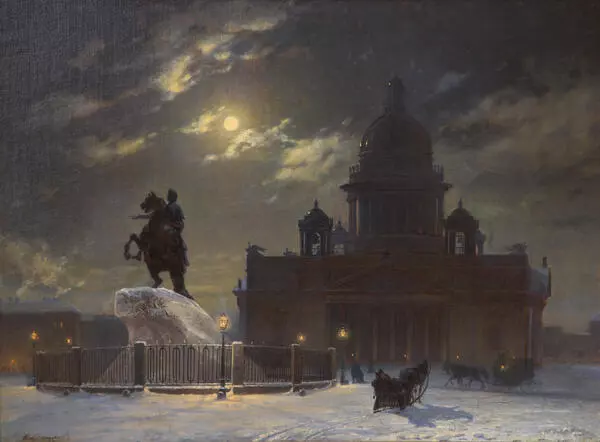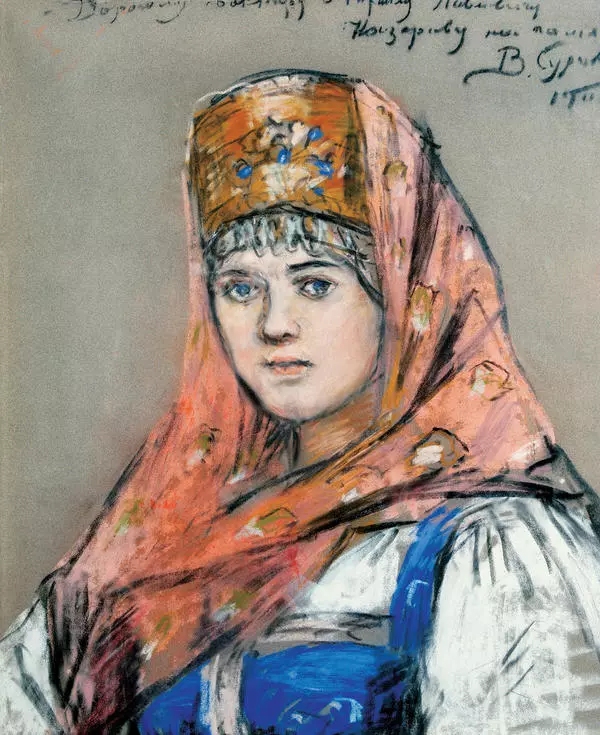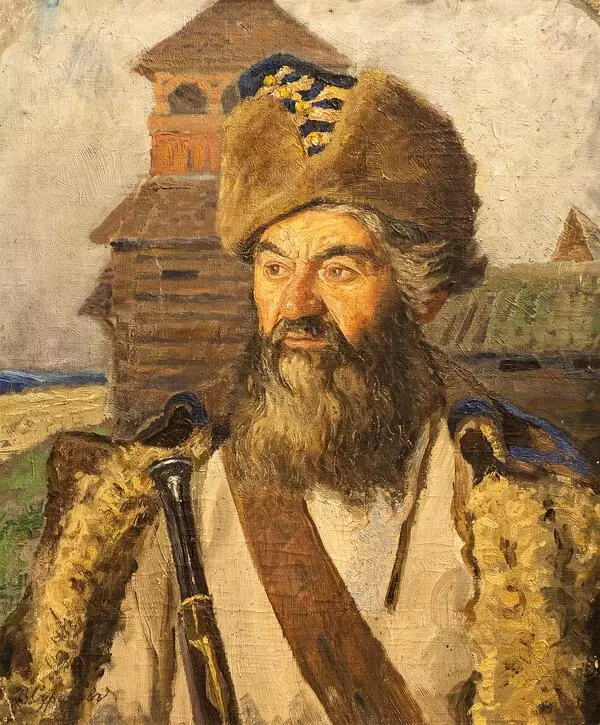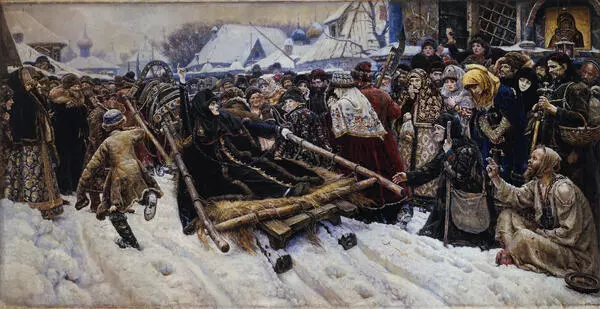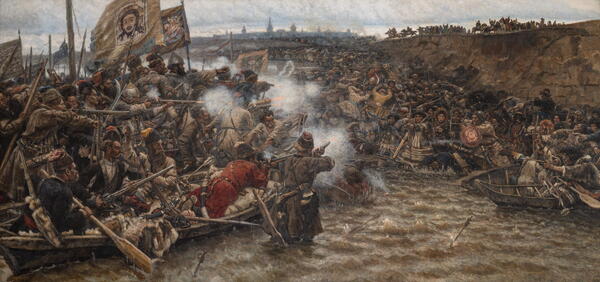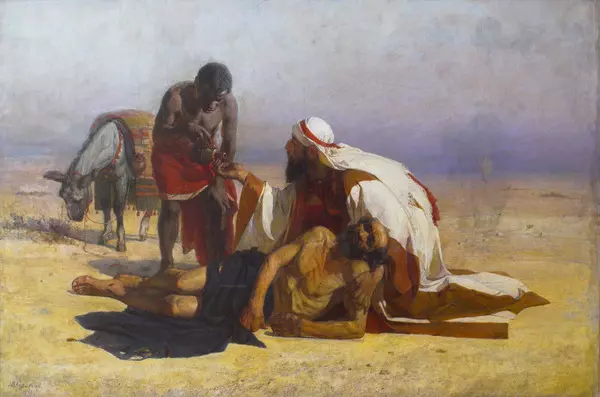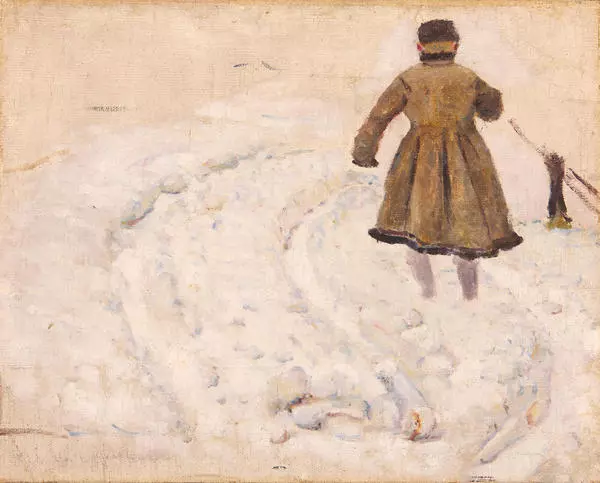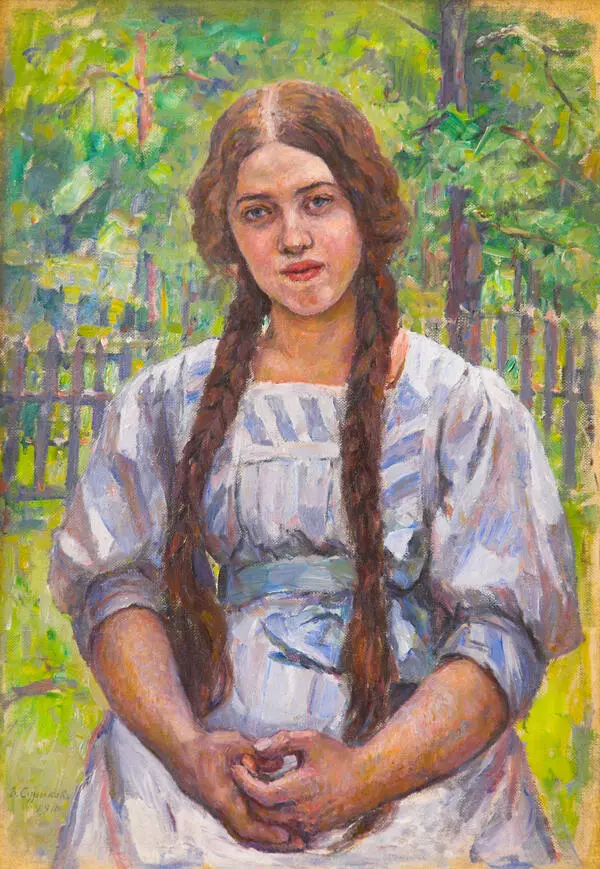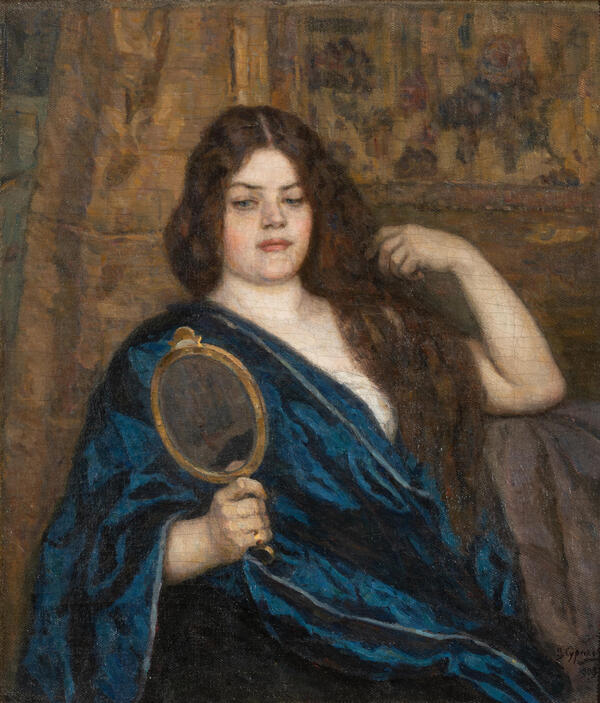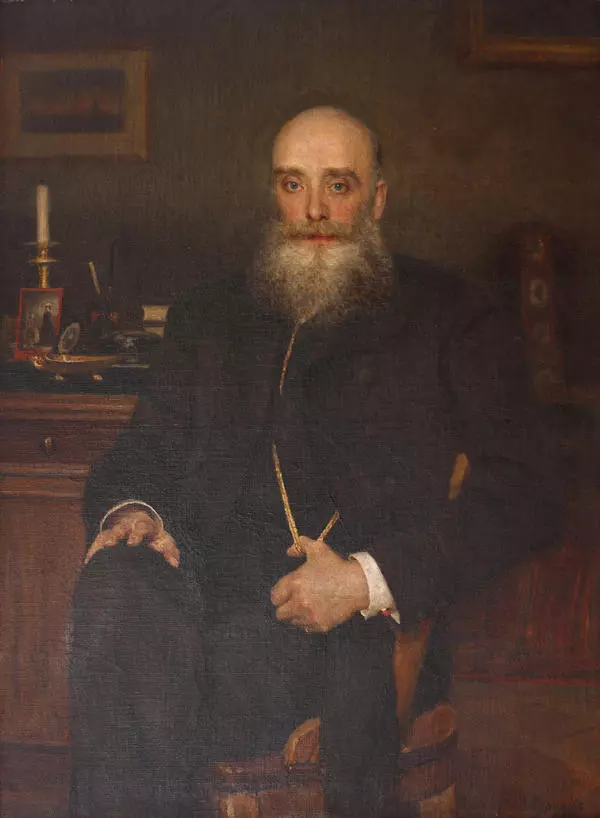Vasily Surikov was born in 1848 in Siberia. The artist began to draw as a child.
While studying at the St. Petersburg Academy of Arts in 1869–1875, he received several silver medals, and the Small Gold Medal for the painting ‘The Merciful Samaritan’. Surikov graduated from the Academy with the title of class artist of the first degree.
Surikov became famous for his large-scale history paintings. The outstanding events of Russian history have always attracted him. Art critics distinguish two periods in the artist’s work. The first was in the 1880s, when Surikov created paintings dedicated to the tragic, turning points in the life of the country. The second period began in the 1890s. At this time, the artist switched from dramatic plots to heroic ones, which he wrote on a grand scale and with passion.
Surikov was especially successful at multi-figure compositions. He himself called this skill “the mathematics of painting”. Recreating the events of the past, the artist used the real impressions from his own life:
While studying at the St. Petersburg Academy of Arts in 1869–1875, he received several silver medals, and the Small Gold Medal for the painting ‘The Merciful Samaritan’. Surikov graduated from the Academy with the title of class artist of the first degree.
Surikov became famous for his large-scale history paintings. The outstanding events of Russian history have always attracted him. Art critics distinguish two periods in the artist’s work. The first was in the 1880s, when Surikov created paintings dedicated to the tragic, turning points in the life of the country. The second period began in the 1890s. At this time, the artist switched from dramatic plots to heroic ones, which he wrote on a grand scale and with passion.
Surikov was especially successful at multi-figure compositions. He himself called this skill “the mathematics of painting”. Recreating the events of the past, the artist used the real impressions from his own life:


